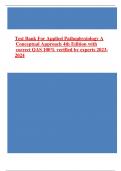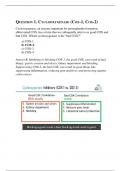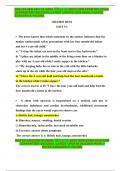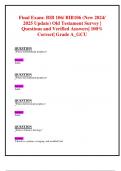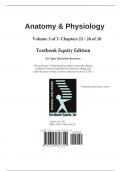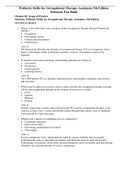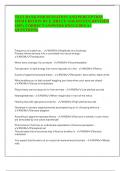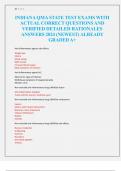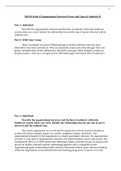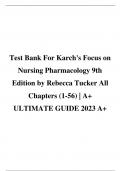Exam (elaborations)
Test Bank For Pathophysiology: A Practical Approach 4th Edition By Lachel Story 9781284205435 Chapter 1- 14 Complete Guide .
Test Bank For Pathophysiology: A Practical Approach 4th Edition By Lachel Story 5435, 6 , 9967, 3 1 Cellular Function 2 Immunity 3 Hematopoietic Function 4 Cardiovascular Function 5 Respiratory Function 6 Fluid, Electrolyte, and Acid–Base Homeostasis 7 Urinary Function 8 Reproductive Function 9 G...
[Show more]
